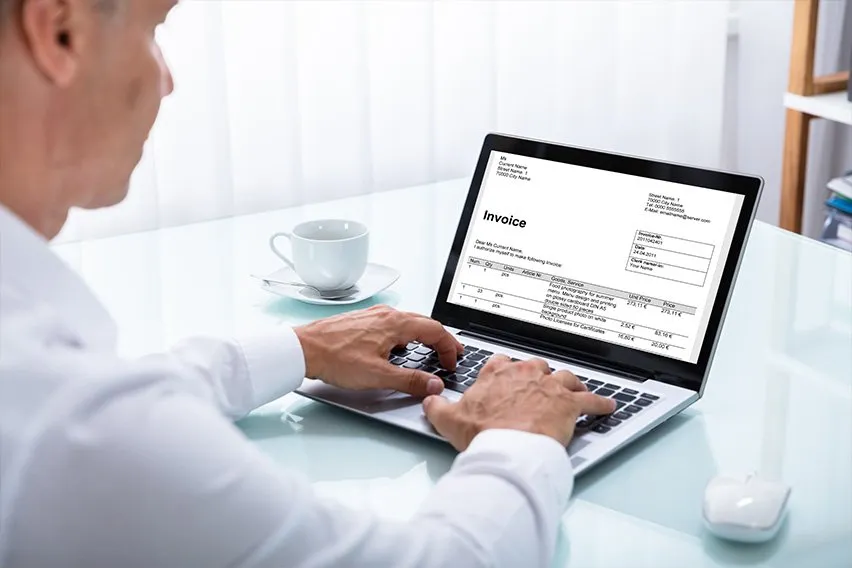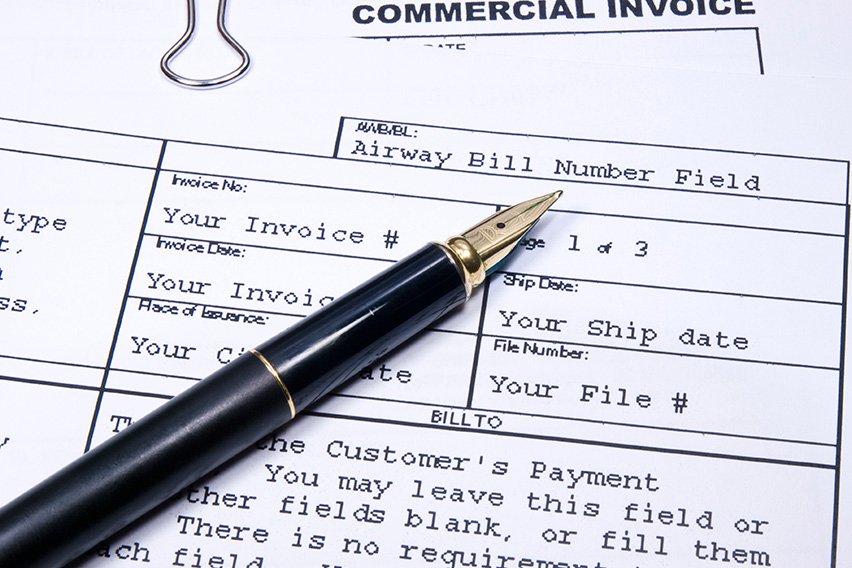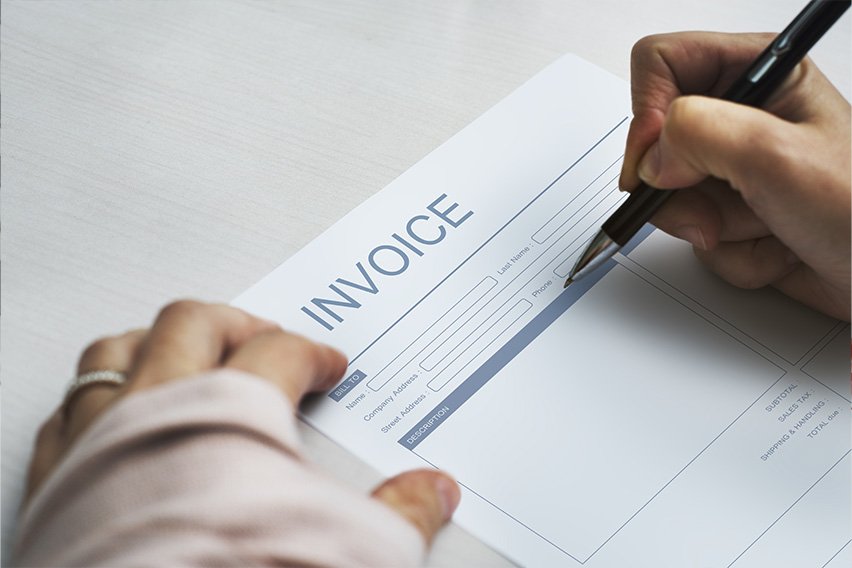How to Make an Interim Invoice | Progress Billing for Small Businesses

To make an interim invoice, small businesses must first create a realistic cost estimate for the project and then work with the client to establish a payment schedule for submitting interim invoices. Interim invoices allow small businesses to consistently get paid throughout the duration of a large, long-term project and help them maintain a steady cash flow.
Here’s what to cover when learning how to make an interim invoice:
How To Make an Interim Invoice
When to Issue Interim Invoices
How to Make an Interim Invoice
Here are the steps a small business should follow to create an interim invoice:

1. Create a Project Estimate
To create interim invoices, businesses first need to estimate the number of hours it will take to complete the job and plan for any associated costs they’ll incur for the work (i.e. if there is any equipment or supplies needed to complete the project). You should multiply your estimated hours for the project by your hourly rate and add to that total all of your expected associated costs. Provide your client with the project estimate for feedback. Once you and the client agree to an estimate, you’ll use that estimate as the foundation from which you’ll build your interim invoices.
2. Agree to a Schedule
With an estimate in place, you will now need to determine a schedule for submitting interim invoices and have your client sign off on that schedule. Typically, small businesses will send interim invoices once a month for large projects. You can use your project timeline to help you determine how much to charge for each invoice. For instance, if you’ve estimated that it will take you six months to complete the entire project and you’re billing the client monthly, you might choose to charge one-sixth of the total estimate for each invoice. So, if your total estimate for the project is $12,000 and you’re issuing six monthly invoices, each invoice would require a $2,000 payment from the client.
3. Submit Interim Invoices on Schedule
Submit your interim invoices according to the schedule you and your client have agreed to. Don’t forget to include payment deadlines on every interim invoice you create so that you’re more likely to receive payments in a timely manner.
4. Submit a Final Invoice
Submit a final invoice to the client once you’ve completed all the work on the project. The final invoice will be more detailed than your interim invoices and will provide an accurate update of the total cost of the project, if it differs from the initial estimate. A final invoice should include the following details:
- A final invoice number
- An itemized list of all the services provided
- The total hours worked on the project (if billing per hour)
- The total amount due for the project
- Accepted payment methods
- Payment due date
What Is an Interim Invoice?
An interim invoice, also called a progress invoice or progress bill, is an accounting method where a business invoices a client in regular increments for a large project, billing for the percentage of the total project that has been completed to that point. Typically, interim invoices are based off an initial project estimate developed by the business and agreed to by the client. Businesses commonly send interim invoices on a weekly, monthly or quarterly basis for the full term of the project.
This article outlines all the other types of invoices small businesses can create.
When to Issue Interim Invoices
Businesses typically choose to issue interim invoices when they sign on to a large project that will require them to work for several months or longer. Small businesses often opt to send interim invoices for long-term projects to ensure they maintain a steady cash flow throughout the full span of the project.

Benefits of Progress Invoices
Submitting progress invoices can help a company with its cash flow and lower the risk of not receiving payment for a large work project. The benefits of issuing progress invoices include:
1. Steady Cash Flow
One of the main benefits for businesses using the interim invoicing method is that they’re able to maintain a consistent cash flow. Instead of having to wait for payment until the project is completed, interim invoicing allows small businesses to collect payment regularly so there’s a steady flow of cash entering your bank account. Cash flow issues are one the biggest accounting problems facing small businesses, so interim invoices can be a smart solution for large projects.
2. Lower Risk of Non-Payment
When you invoice a client regularly on a large project, you’ll be tipped off more quickly if any payment-related red flags surface. If your client pays you consistently for your interim invoices, you can be more confident that you’ll receive the full payment for the project. But if you don’t receive timely payment for your first few interim invoices, you can contact your client to discuss the issue and if you’re nervous that they aren’t capable of paying for your services, you can cancel the project before putting in even more time and effort.
3. More Flexibility for Clients
Providing your clients with the option to pay interim invoices can help your business attract new clients and earn continued business with past clients. Interim invoices give clients flexibility because they don’t need to pay the full cost of the project up front, which can be prohibitive for smaller companies. Clients also have more peace of mind that the project will be completed according to the agreed upon terms and timelines, since you’re submitting work according to set milestones.
More Useful Resources
- How to Make an Invoice
- How to Make a Service Invoice
- How to Make a Commercial Invoice
- How to Make an Invoice Without a Company
RELATED ARTICLES

 How to Make a Commercial Invoice: Guide for Businesses with Templates
How to Make a Commercial Invoice: Guide for Businesses with Templates How to Fill out an Invoice | Professional Invoicing Checklist
How to Fill out an Invoice | Professional Invoicing Checklist Invoice Wording: How to Word an Invoice For Your Business
Invoice Wording: How to Word an Invoice For Your Business What Does an Invoice Look Like: Everything You Need to Know
What Does an Invoice Look Like: Everything You Need to Know How to Write an Invoice For Services Rendered
How to Write an Invoice For Services Rendered How to Send an Invoice: An Overview
How to Send an Invoice: An Overview